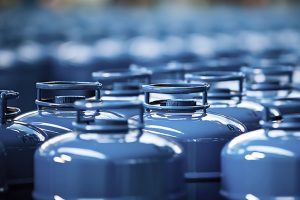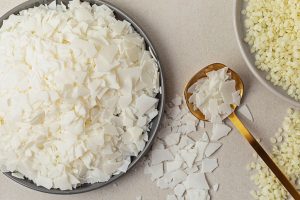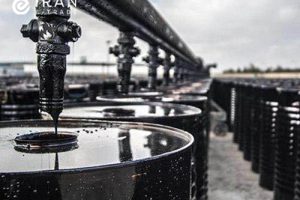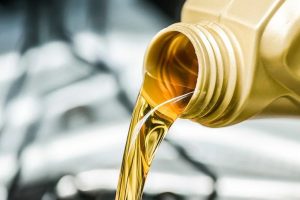What Is Hard Bitumen: Specifications and Features + Applications
What is hard bitumen? Hard bitumen is a petroleum product known in the market as bitumen 90/15 and is available in both barrel and carton forms. Bitumen 90/15 is produced through the distillation of oil and by heating soft bitumen. Also, this bitumen has water-resistant properties, heat resistance, and long-term stability. It is useful in the production of asphalt, road coatings, building insulation, and the insulation of cement pipes. In this blog post on Iran ETrade, we will explore what hard bitumen is, its characteristics and applications. We will also explain the pricing of hard bitumen.
What is hard bitumen?
Hard bitumen, or bitumen 15-90, is produced by heating soft bitumen and is a petroleum product. This bitumen is completely solid.
Hard bitumen is a derivative of crude oil that bitumen manufacturers produce in distillation towers. When soft bitumen reaches a temperature of 170°C in the distillation tower and is then air-blown, hard bitumen is produced.
Why is it called bitumen 90/15? Because the softening point of hard bitumen is 90°C, and its penetration degree is 0.15 millimeters. Therefore, this bitumen is completely solid and firm at room temperature and is typically applicable in combination with other types of bitumen. Hard bitumen 90/15 has a brittle and inflexible structure.

How is bitumen 90/15 produced?
What is hard bitumen production process? To produce hard bitumen or bitumen 90/15, bitumen manufacturers use soft bitumen 70/60. At first, they heat soft bitumen in bitumen concentration towers to a temperature of 170°C.
After air-blowing, bitumen transforms into hard bitumen 90/15, which is the suitable state for its standard specifications.
Properties of hard bitumen 90/15
The characteristics of hard bitumen 90/15 include: brittleness and fragility, softening point of 90°C, penetration degree of 0.15 millimeters, high flash point, and chemical stability.
What are the features of hard bitumen? In its natural state and at room temperature, hard bitumen is completely solid, brittle, and fragile, with no elastic properties. This petroleum product has a softening point of 90°C and the Marshall needle can penetrate it at 0.15 millimeters.
Key specifications of bitumen 15-90 include: a high flash point, good stability during melting, and high softening point. Additionally, bitumen 90/15 has very good durability, is water-resistant, and possesses good flexibility and chemical stability.
Uses of hard bitumen 90/15
Hard bitumen 90/15 has many uses such as building insulation, road construction, cement pipe insulation, paper coating, paving, textile processing, and more.
What is hard bitumen usage? Hard bitumen 90/15 has various uses, including:
The properties of bitumen 15-90 make it suitable for bitumen-based waterproofing in hot and humid areas.
By combining hard bitumen and soft bitumen, it is suitable for use in waterproofing and insulating buildings.
Another use of bitumen 15-90 is in insulating cemented water pipes and coating water channels.
Bitumen 90/15 is useful in various chemical industries, such as producing paper coatings, varnish, paving, and textile processing.
It has common usage in construction, civil engineering projects, and road construction.
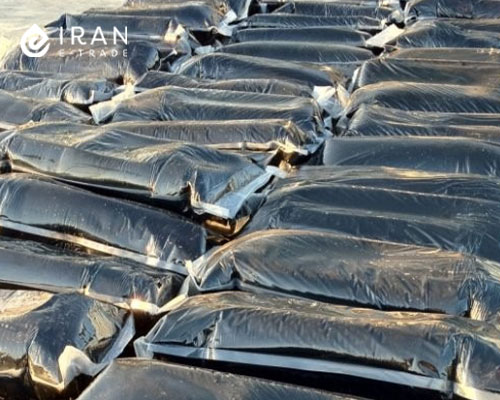
Types of packaging for hard bitumen
Hard bitumen 15-90 is sold in carton and barrel packaging. If you wish to know more, read on to learn about the differences between these packaging types.
Hard Bitumen In Carton Packaging
Carton is the most popular type of hard bitumen packaging, available in 10 kg and 20 kg packages.
Barrel-Packaged Hard Bitumen
What is hard bitumen barrel packaging? In this method, the suppliers distribute bitumen 90/15 in metal barrels with capacities of 100, 180, and 220 kg. Barrel-packaged bitumen has an important role in construction and road-building industries and is a mixture of bitumen and polymer materials.
Due to its physical and structural properties, barrel-packaged hard bitumen is used for coating roads, bridges, and concrete structures. The advantages of barrel-packaged bitumen 15-90 are its resistance to water, peeling, high adhesion, and different uses.
However, you cannot use barrel-packaged hard bitumen by itself and you have to mix it with soft bitumen 60/70 to prevent damage.
Grade of barrel-packaged bitumen 90/15
90/15 hard bitumen, when combined with soft bitumen, is highly suitable for bitumen-based waterproofing in hot climates. As its name suggests, it is solid and rigid and becomes fluid at a temperature of 90°C.
Hard bitumen with grade 20/10 has a high penetration value and is therefore good for use in road paving. Like bitumen 90/15, it is also suitable for hot climates.
Export Barrel-Packaged Bitumen 90/15
What is hard bitumen in export barrel packaging? Export hard bitumen is an important petroleum derivative, known for features such as strong adhesion, resistance to pressure and heat, high softening point, excellent thermal stability, water repellency, and more.
Export barrel-packaged hard bitumen is supplied and shipped in special barrels in a liquid and transportable form. Due to its wide industrial applications in road construction, waterproofing, and the construction industry, bitumen 90/15 has a significant place in the global oil trade.
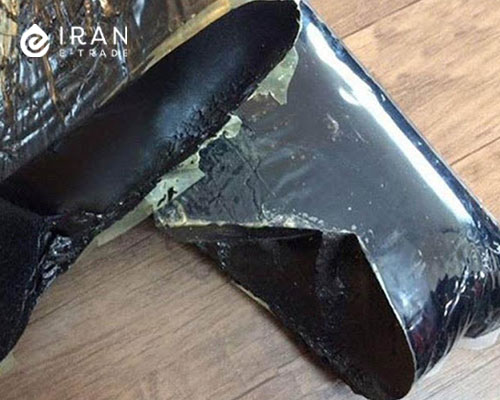
Important Tips For Transporting, Storing And Using Bitumen 90/15
Transporting, storing, and using hard bitumen must be done in complete accordance with safety precautions, just like other petroleum products. What are the safety tips for handling and storing hard bitumen?
- During transportation or storage, the temperature of bitumen 90/15 should not exceed 230°C.
- Hard bitumen should be broken into pieces before heating to allow for even heat distribution.
- Prevent the molten bitumen from cooling in the boiler, as reheating it takes longer and transfers less heat into the bitumen structure.
- Bitumen has poor thermal conductivity. Therefore, always place a heat control device, such as a thermometer, as close to the bitumen as possible during heating.
By following these tips, bitumen 90/15 will have a longer lifespan, perform better, and retain its properties more effectively.
Why Is Bitumen 90/15 Mixed With Soft Bitumen Before Use?
The reason for mixing hard and soft bitumen lies in their physical properties. Hard bitumen is solid, brittle, and inflexible, and it can crack or break at low temperatures, which makes it unsuitable for use as insulation on its own. On the other hand, soft bitumen 60/70 tends to deform and shift when used alone in high temperatures or hot climates.
Therefore, hard and soft bitumen is blended in various ratios to produce a bitumen with the right balance of penetration and hardness for the local climate. Generally, more hard bitumen is used in warm regions, while there is less need of it in colder areas.
Hard Bitumen Price
In this article, we’ve provided fairly comprehensive information for purchasing hard bitumen. Now let’s take a look at the price of hard bitumen. Compared to other types of bitumen, hard bitumen 90/15 is generally more affordable.
However, the final price of bitumen 90/15 depends on various factors such as its grade, product quality, global oil market conditions, supply and demand, physical and chemical specifications, and geographical factors.
90/15 bitumen is usually sold in 10 kg and 20 kg cartons. Before purchasing hard bitumen 90/15, make sure to assess the conditions of your site and estimate the required amount of bitumen.
For updated pricing on hard bitumen 90/15, contact the experts at Iran ETrade. The Iran ETrade website provides a reliable online platform for checking current prices of various types of bitumen and petroleum products.
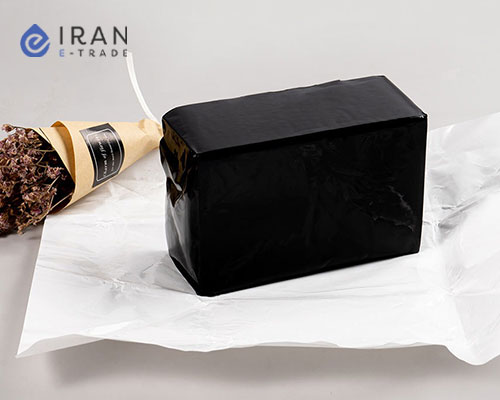
reference: carbokim
- What Is LPG: Properties + Uses Liquefied Petroleum Gas
- What Is Petroleum Paraffin: Types + Properties And Applications
- What is Petroleum Coke: Types + Applications
- What Is Mazut: Advantages, Applications + Hazards
- What Is Diesel fuel: Types Gas oil + Applications
- What is gasoline? Types + Uses and Production Process



